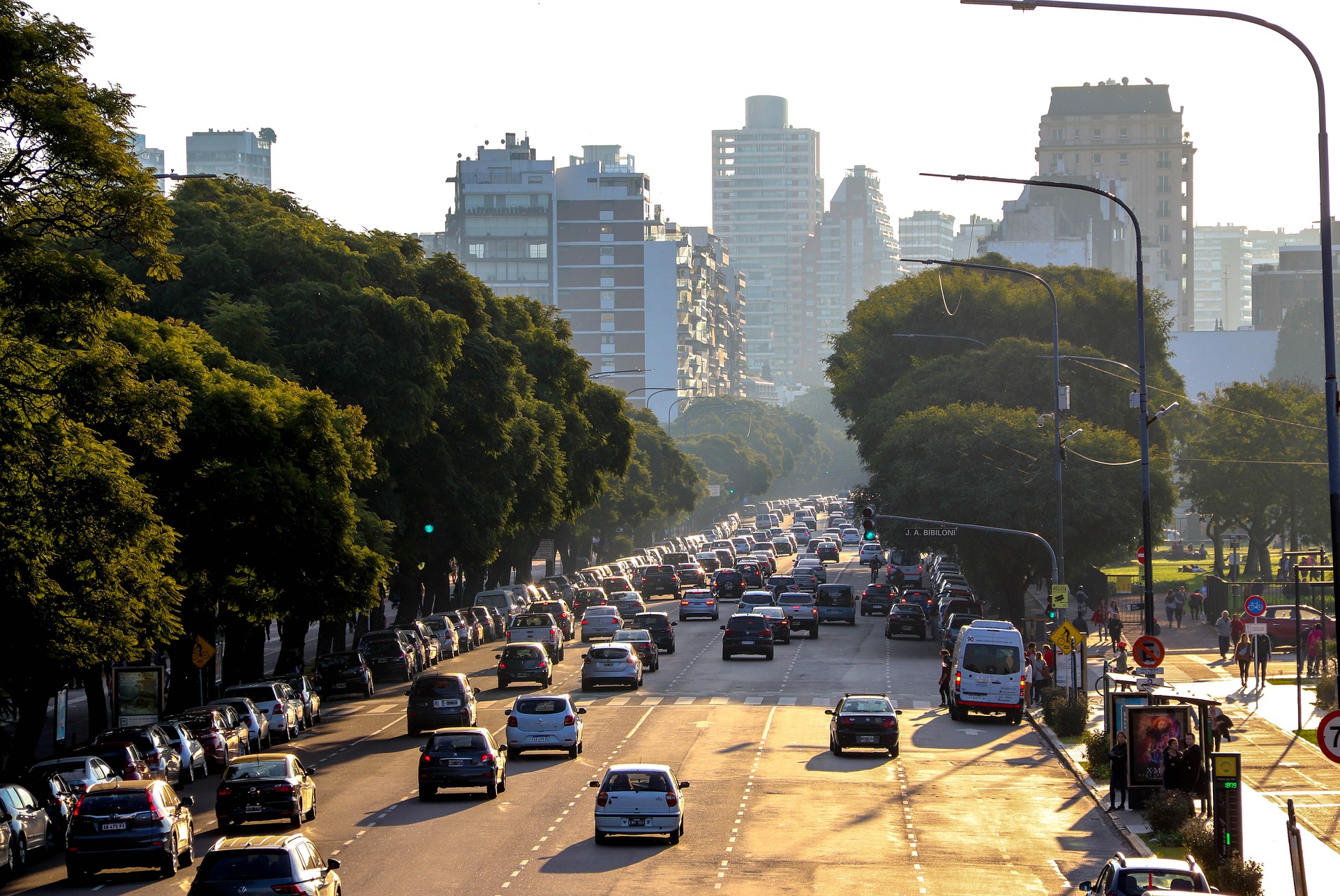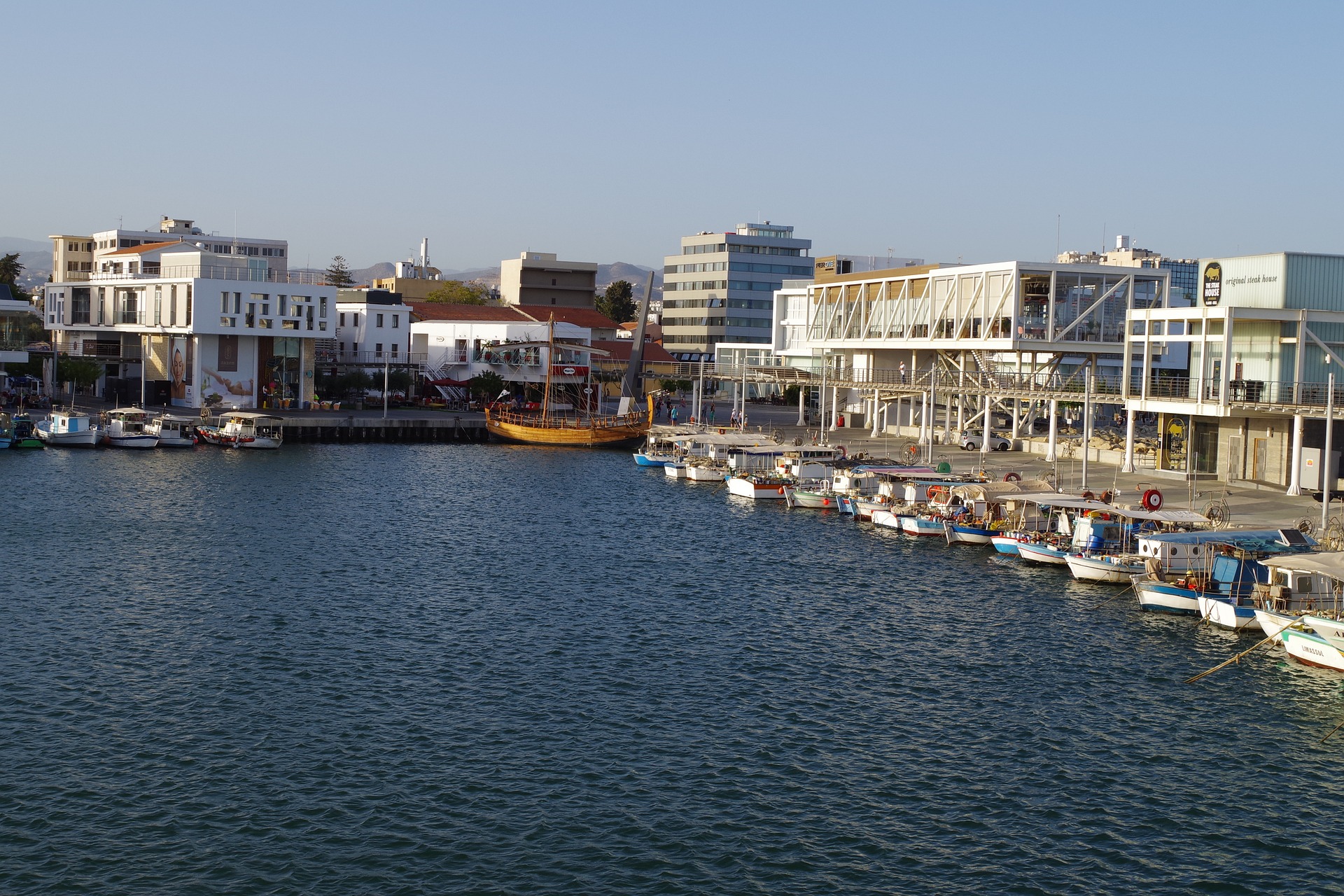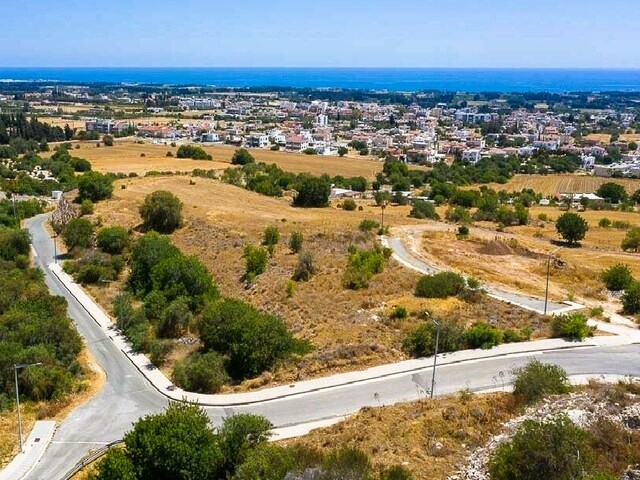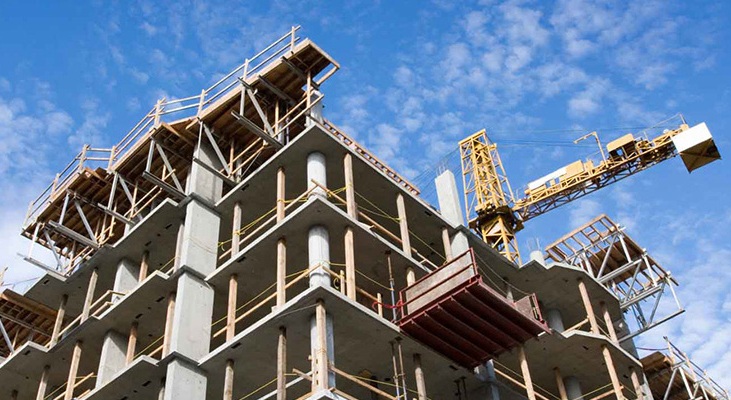
Cyprus has long been very popular among Russians as a place of rest or extended stay. Many move here forever to live surrounded by beautiful nature, the sea and almost year-round warm sun. Everyone decides on the housing issue in different ways: some take long-term rents, others purchase secondary apartments or in new buildings, and still others build their houses in Cyprus, which, according to many investors, is the most profitable investment in real estate. About how the construction on the island is organized, what rules and traditions exist – in our article.
Features of construction in Cyprus
After Cyprus joined the European Union (2004), the legislative framework and national standards were somewhat revised to meet European standards. A lot of steps have been taken towards improving the conditions for investors who are not residents of Cyprus: the procedure for obtaining a residence permit has become easier and more loyal, the process of acquiring real estate has been safer, and the quality of construction has improved significantly.
The government strictly monitors the activities of developers so that the economic and natural potential of the island is used effectively and to the maximum. There are a number of rules for the use of land, and there is a clear distinction between areas where housing, commercial and industrial are allowed.
Since the mountain ranges of the island are of volcanic origin, all buildings in Cyprus are designed and built taking into account the seismic factor of each region. Hence, all regions have different requirements for the number of storeys of an object. For example, in Paphos, buildings have a maximum of 4 floors, and in Nicosia – 12. In some areas, it is allowed to build an additional ground floor, most often used for parking.
Another requirement for developers: the appearance of the building must correspond to the environment and the general style of architecture of neighboring buildings, in harmony with them. The new object should not block the houses next to it and can only be located at a certain distance from the edge of the sea. The coast is the most popular place for construction, so special attention is paid to the construction of the first coastline. The color of the exterior walls of such houses should be the same, and it is approved by local authorities. Thanks to this, different buildings look together neatly and harmoniously.
The procedure for obtaining a building permit in Cyprus

Construction design and obtaining all necessary permits in Cyprus consists of the following steps:
– development of an architectural project that takes into account all the features of the site selected for construction;
– transfer of drawings to the city hall for architectural permission;
– creation of an engineering project, the drawings of which, together with the architectural permit, are submitted to the authorized state bodies for obtaining a building permit;
– project verification by administrative authorities in various areas: water supply, electricity, telephone and various utilities, fire safety. Such an audit can last several months, depending on the complexity of the construction project.
For administrative authorities, one of the main issues in the construction of a building is its compliance with safety standards, therefore it is especially important that licensed specialists do all the work. Architects, engineers, electricians, etc. of the builder must have licenses and bear personal responsibility for the quality and reliability of construction. It is they who put their signatures on the architectural and engineering drawings, personally responsible for the work. Therefore, Cypriot construction specialists treat their duties in good faith. Otherwise, they risk their own reputation and the right to engage in professional activities;
– aunching the facility after receiving a building permit. During the implementation of the project, licensed specialists monitor the implementation of all architectural and engineering requirements, and sign acts of performance;
– delivery of the finished object. When the construction of the house is completed, it is accepted by the State Commission, which includes authorized representatives of various government agencies, including members of the fire inspection. They strictly verify compliance with quality standards at all stages of construction and the availability of certificates of conformity of the materials used, and also conduct a number of laboratory tests.
Technologies and building requirements in Cyprus

In terms of architecture, Cyprus is very traditional – the style of most buildings is characteristic of the Mediterranean. In construction, the use of natural stone or reinforced concrete frame is popular, which is combined with brick external walls and internal partitions. A little earlier for the construction, the use of steel, wooden or block structures was widespread, so most of the secondary housing is made of these materials.
Marble slabs or ceramics are often used for stairs and floors, giving a feeling of coolness, as well as a coating of laminate or parquet. The walls are most often plastered and painted, but wallpaper is rarely glued, because in the humid climate of Cyprus they will not be so practical. Materials for construction are used both local and imported.
One of the traditional features of Cypriot construction is strict adherence to deadlines. The date of delivery of the object, prescribed in the contract, is the day when the buyer can fully enter the new house. Otherwise, the developer will be subject to penalties, which are not small in Cyprus. But there is practically no violation of the terms of work on the island, because the builders are doing everything on time.
After the emergence of European construction quality standards in Cyprus, the requirements for sound insulation and thermal insulation of buildings have become more stringent. For walls and roofs, a densely pressed foam must be used, the thickness of which is at least 5 cm, and therefore the standard width of the walls has increased. Also, the new rules state that the external walls must be made of brick 25 cm thick (and not 20 cm, as it was before) or laid out from two rows of bricks with a heat-insulating foam layer between them.
Wiring lines running along the floor must be sheathed in plastic tubes, on top of which foam concrete, screed and decorative coating are placed. According to the requirements adopted in 2007, all interior parts made of metal must be grounded. Many homes install highly sensitive automatic devices that control the flow of voltage and turn off electrical equipment in case of excessive load or short circuit, which is an additional fire prevention measure.
Layout of buildings in Cyprus
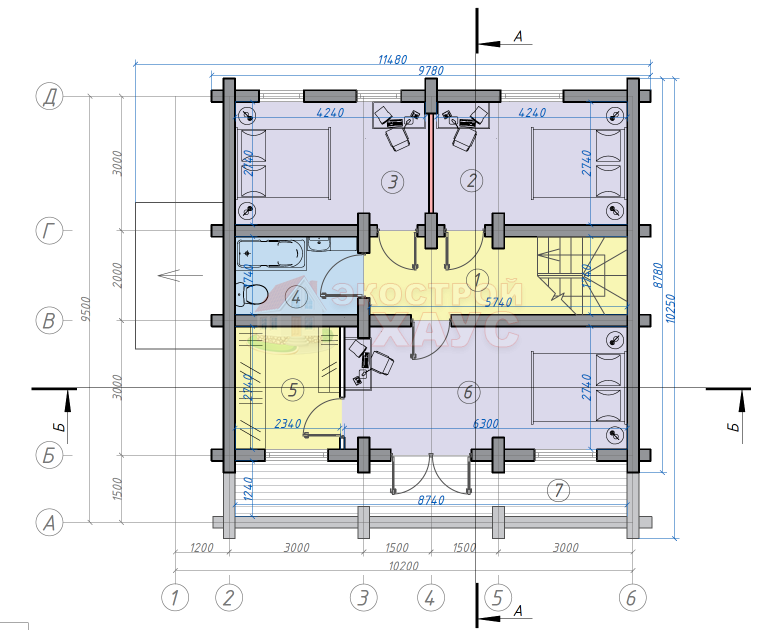
The number of rooms in Cypriot housing is the number of bedrooms. Entrance hall and kitchen are not considered rooms and they are usually not isolated from each other. When you enter a house in Cyprus, you find yourself in a space where at the same time there is a hall, kitchen, dining room and living room. Only bedrooms are made isolated, each of which is equipped with a separate bathroom.
Balconies and verandas are a separate story. The climate of Cyprus allows you to spend most of the day in the fresh air, so many people prefer to have lunch or dinner on the street. This is taken into account by developers, and verandas with balconies are usually designed spacious and are often installed at each bedroom. In the presence of the local area, separate wooden gazebos and a swimming pool are built both in private houses and in residential complexes with apartments.
The climatic features of Cyprus directly affect the construction: if possible, the building is positioned so that it is on the sunny side, and residents could reduce the use of electricity for lighting, air conditioning and space heating, which is one of the highest costs for housing maintenance.
As an additional energy source, solar panels are installed on the roofs of houses and residential complexes, with the help of which equipment for heating water works (there is no central hot water supply in Cyprus). Due to the fact that the island is sunny and clear most of the year, this method of energy storage works very efficiently.



